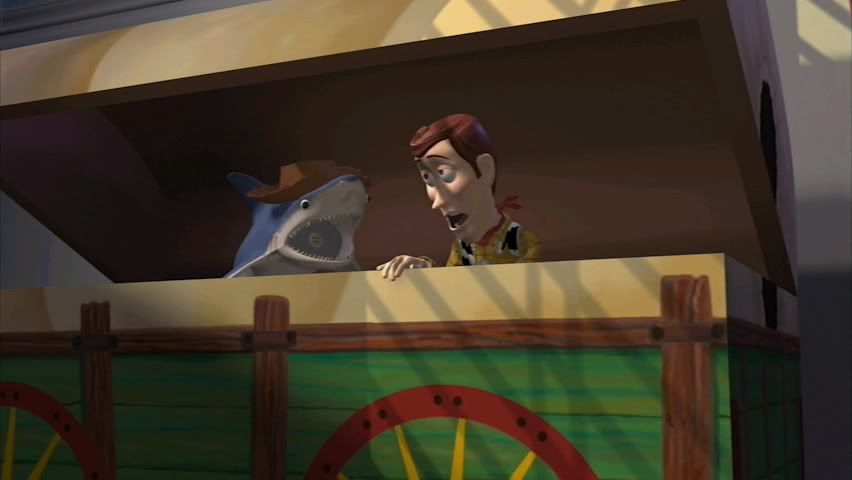I hope you are enjoying being back at AM! So you spent all last week planning and now you get to dive back in!
First off I hope you picked a good shot from the list! Well ok anything you pick can turn out good as long as you animate it well...
There are two things I want to talk about today: Workflow and Ergonomics.
First workflow. When I transitioned into class 2, I didn't do much at first to define my workflow...well I struggled for a while. Let me tell you that defining your workflow is an extremely important thing to do.
So what is workflow? Well there's a lot that goes into it. Probably the most important thing is TIME MANAGEMENT!
You can know exactly how you're going to sketch, animate, and yada yada. But if you don't know WHEN you are going to? You will struggle. I know I did.
Set yourself daily goals. Or better yet, set yourself DEADLINES! Mwahaha! Let's say you want your first pass of blocking on your public review by Tuesday. And then second pass of blocking for frames 1-50 on Wednesday. Rinse and repeat until "Final" blocking finished by Saturday evening.
i like to turn in my stuff the day before the due date. Why? Well first and foremost it gives me a day off. Sunday is a relaxing day. Second, it gives you a chance to receive any last second feedback that you may want to implement, or even save for the following week.
So what other things go in to workflow? Well I could sit and lecture you all day, but I'll be honest - I'm still developing my own workflow. So Leave it to the professionals:
I highly recommend that you Click Here and watch these Student Workflow videos. you'll be glad you did!
Ergonomics seems to be a thing brought up a lot so I wanted to talk about my approach to keeping myself healthy while animating.
There are the obvious things such as:
- Sitting up straight
- Keep your monitor at eye level
- And many other things discussed in this News Video
In the past I have experienced pain, discomfort, or an injury to my right wrist, elbow, and shoulder (more specifically rotator cuff).
To alleviate my wrist problems, I started animating using a Wacom tablet. I personally bought an Intuos 3 off of craigslist. Once I stopped using a mouse I stopped having wrist pain and discomfort.
For my elbow, it was crucial that I kept a proper reach. Just like in the news video, I made sure not to stretch out my arm too much, as well as not tucking it in too close. The biggest thing that helped me with my elbow was to stop using the track-pad on my laptop. I animate on a desktop, but whenever I was on my laptop I used the track-pad which caused a temporary tendinitis. I stopped using my laptop all together since it broke....but If it still worked I would use a mouse or Wacom.
Finally my biggest issue was with my shoulder. I had injured my rotator cuff at a job and had to do some physical therapy. While doing the therapy I discovered that I had a really weak shoulder system. I learned a lot of exercises to strengthen them and I have felt much better since. The biggest exercises I learned are demonstrated in this video:
I highly recommend that you also set yourself an alarm or timer. Let's say every 40 minutes you take a 10-15 minute break and just walk around, have a snack, relax your body, etc. And for your eyes I also highly recommend looking outside into the distance to give your eyes a break from looking at something so close with intensity.
I hope these tips are helpful!
~Bsly












